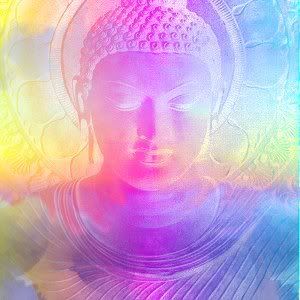
Each experience that we have is a good experience because it molds us. It shapes us, just like an artist would mold a piece of clay. From an ugly hunk of clay can emerge a divine being, molded by the artist. In that same way, the experiences of life, even those that boomerang back on us and those we think are terrible, mold us. But they only mold us quickly and benefit us tremendously if we hold our perspective as the inner man, the timeless man, the immortal being. Only in this way can this happen. That's the attitude, the thoughts we must have, as we go along on the path of enlightenment.
The mere fact that you want Self Realization in this life means that you have been through hundreds of thousands of experiences. You have been nearly everything that there is to be on this planet. And now, in your last lifetime, you are finishing up the experiential patterns that you didn't handle in a life prior.
Life is a series of experiences, one after another. Each experience can be looked at as a classroom in the big university of life if we only approach it that way. Who is going to these classrooms? Who is the member of this university of life? It's not your instinctive mind. It's not your intellectual mind. It's the body of your soul, your superconscious self, that wonderful body of light. It's maturing under the stress and strain, as the intellect gives back its power to the soul, as the instinct gives back its power to the soul, as the physical elements give back their power to the soul and all merge into a beautiful oneness. In this way, the beings of the new age are going to walk on Earth. Each one will have light flowing through his whole body and he will inwardly see his body glowing in light, even in the darkest night.
The good-and-bad concept should be thrown out with a lot of other things, including the up-and-down concept. There is no good; there is no bad. You don't raise your consciousness, nor do you lower it. These are just concepts that have come in by various philosophers who tried to explain these deeper teachings the very best that they could. What is bad is good, and what is good is good. And a higher state of consciousness and a lower state of consciousness, they don't exist at all. We simply hold a certain perspective of awareness, and we look out, and we go in.

